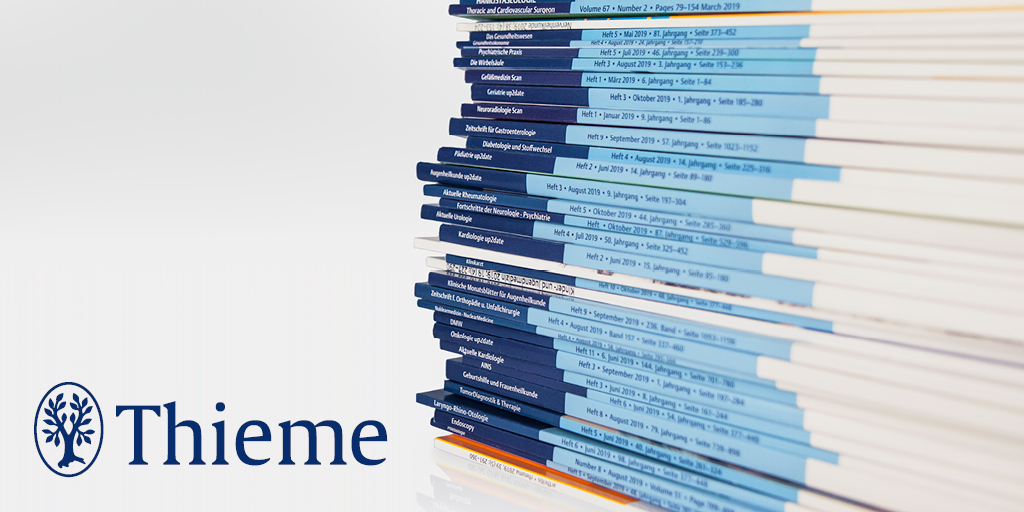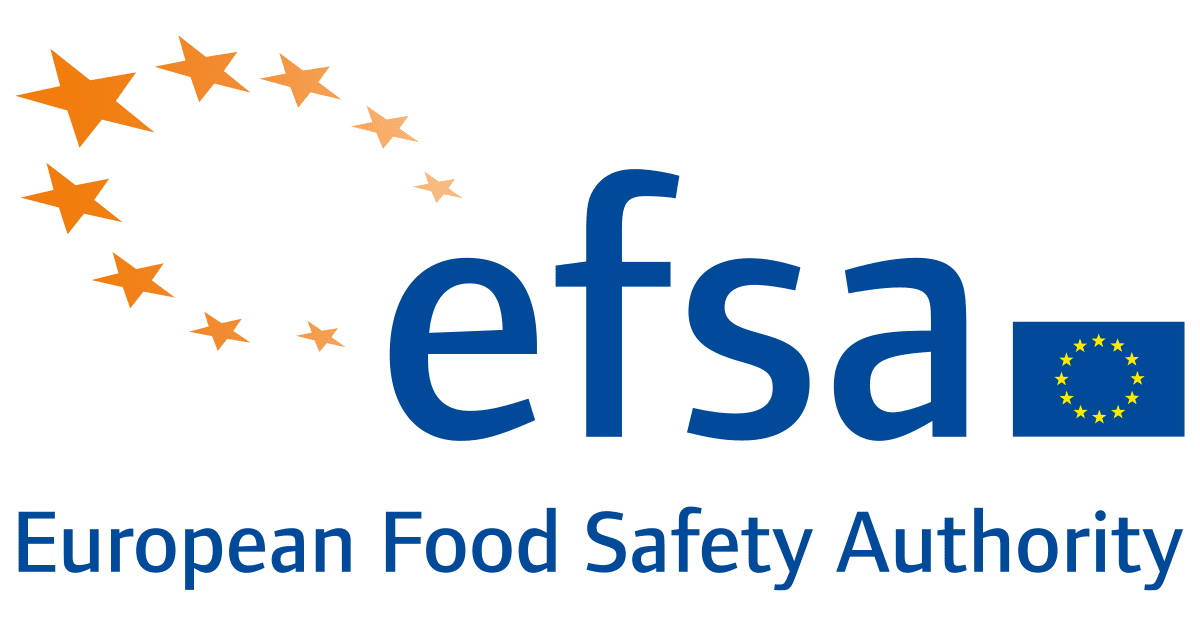Found this PDF: https://trans4mind.com/nutrition/autism-lutein.pdf
It's a strange article because it's a very convoluted and long text without any common thread, but it has some interesting parts on canthaxanthin retinopathy:
It is interesting to me because it shows that the eyes are an easy target of fat-soluble toxins that serve absolutely no purpose in the eye. They accumulate canthaxanthin for years after discontinuation of intake.
There is also no reason to assume the eyes need retinol just because they accumulate it. The difference between canthaxanthin and retinol is that humans have developed a more effective way to deal with retinol, because it is so prevalent in contrast to canthaxanthin.

 www.thieme-connect.de
www.thieme-connect.de
"Tanning pills have been associated with health problems, including an eye disorder called canthaxanthin retinopathy, which is the formation of yellow deposits on the eye's retina. Canthaxanthin has also been reported to cause liver injury and a severe itching condition called urticaria, according to the AAD."
Then there is lutein in breast milk even though lutein also does not serve any nutritional needs of the infant (even though nutritionists are trying to sell us the idea of lutein being almost essential for health these days):
The body does not discern fat-soluble substances.
It's a strange article because it's a very convoluted and long text without any common thread, but it has some interesting parts on canthaxanthin retinopathy:
Carotenoids can be toxic and even result in fatalities. Aplastic anemia and Canthaxanthin retinopathy have been reported. ‘Tanning pills,’ commonly available by mail order or sold in tanning salons are reported to have caused aplastic anemia, which led to death in a healthy young woman. A 20-year-old woman was hospitalized with headaches, fatigue, a general feeling of not being well, easy bruising, and weight loss four months after beginning the use of canthaxanthin- containing tanning pills. She had noticed the onset of fatigue and easy bruising about two weeks after beginning the pills. Canthaxanthin can remain in the body for long periods of time. It has been found in blood several months after use was
discontinued. It may accumulate in the retina of the eye, and has been reported to cause hepatitis (inflammation of the liver) with itching and hives.” “As reported earlier, crystalline yellow-glistening deposits in the retinal inner layer were identified in 22 of 53 patients treated with PHENORO (containing 10 mg beta- carotene and 15 mg canthaxanthin per capsule) for various light sensitive dermatoses at cumulative doses of canthaxanthin of up to 178 g for up to 12 years. 14 of the 22 patients with deposits could now be investigated again, 5 years after discontinuation of treatment. There was an extensive reduction of the number of deposits, confirming other reports which have demonstrated that the formation of the crystalline deposits is reversible. Analysis of serum samples revealed significant concentrations of canthaxanthin, resulting from the intake of this carotenoid via food.”
It is interesting to me because it shows that the eyes are an easy target of fat-soluble toxins that serve absolutely no purpose in the eye. They accumulate canthaxanthin for years after discontinuation of intake.
There is also no reason to assume the eyes need retinol just because they accumulate it. The difference between canthaxanthin and retinol is that humans have developed a more effective way to deal with retinol, because it is so prevalent in contrast to canthaxanthin.
Seven patients are described who presented with the typical fundus finding of gold-colored crystals in the superficial layers of retina in the macular area (characteristic of canthaxanthin retinopathy) without having taken canthaxanthin-containing drugs. Canthaxanthin used as a food additive is discussed as a possible cause of the crystal deposition. There may be a rather high individual tendency to develop crystal deposition, possibly related to a metabolic defect affecting canthaxanthin kinetics or to pre-existing changes in the retinal pigment epithelium. In one patient a slight decrease in crystalline deposition was observed in the course of four years.

Canthaxanthin-Retinopathie ohne Canthaxanthin-Einnahme
Thieme E-Books & E-Journals
"Tanning pills have been associated with health problems, including an eye disorder called canthaxanthin retinopathy, which is the formation of yellow deposits on the eye's retina. Canthaxanthin has also been reported to cause liver injury and a severe itching condition called urticaria, according to the AAD."
Then there is lutein in breast milk even though lutein also does not serve any nutritional needs of the infant (even though nutritionists are trying to sell us the idea of lutein being almost essential for health these days):
‘Approximately 5-7% of all infants are born prematurely, and birth before 37 weeks isthe most common cause of neonatal mortality, morbidity and long-term disability. Premature infants are poorly equipped for life outside the womb, and oxidant stress has been implicated in the aetiology of visual impairment in these infants, who are often exposed to increased O2 concentrations and high light intensity in neonatal units. …Little information is available on blood lutein and zeaxanthin levels in neonates. Levels of lutein in human milk are two to three times higher than those of beta-carotene, whereas their concentrations in the mothers’ blood are approximately the same. Human milk is the main dietary source of lutein and zeaxanthin for infants until weaning occurs.
The body does not discern fat-soluble substances.
Last edited:

